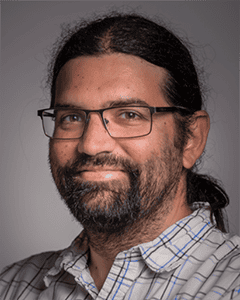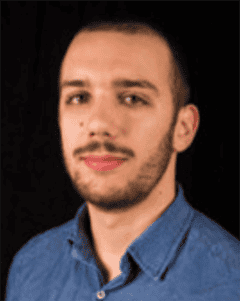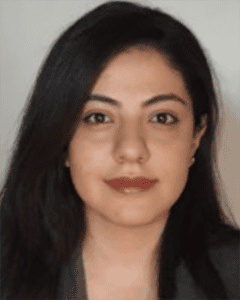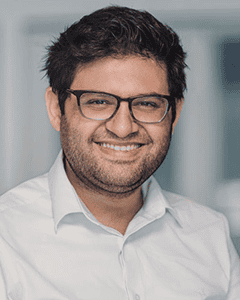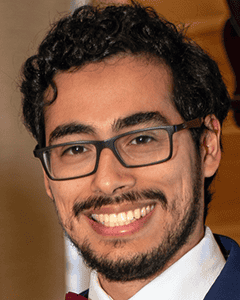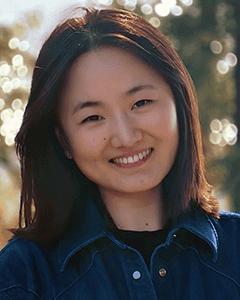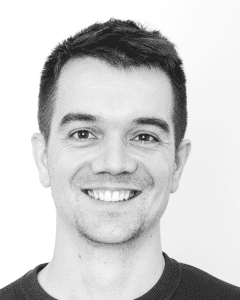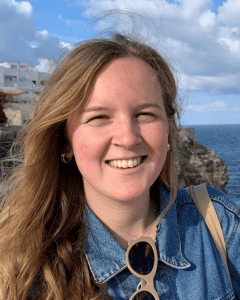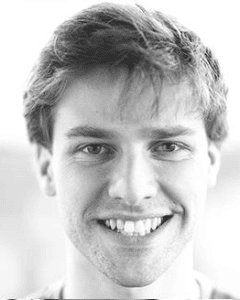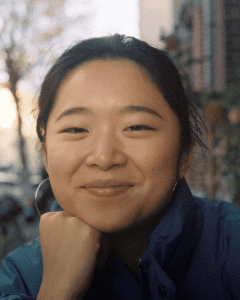Keynote Lectures
Anna Schapiro - Learning representations of specifics and generalities over time
Tuesday, August 12, 4:30 - 5:30 pm, Room A0.01 (overflow A1.02/A1.03/C1.03)
Yasuo Kuniyoshi - From Embodiment To Super-Embodiment: A Constructive Approach To Open-Ended And Human Aligned Intelligence/Moral
Wednesday, August 13, 8:30 - 9:30 am, Room A0.01 (overflow A1.02/A1.03/C1.03)
Pieter R. Roelfsema - Brain mechanisms for conscious visual perception of coherent objects and the technology to restore it in blindness
Friday, August 15, 5:00 - 6:00 pm, Room A0.01 (overflow A1.02/A1.03/C1.03)
Ellie Pavlick
Time and Room TBA
David Poeppel
Time and Room TBA
Hava Siegelmann
Time and Room TBA
